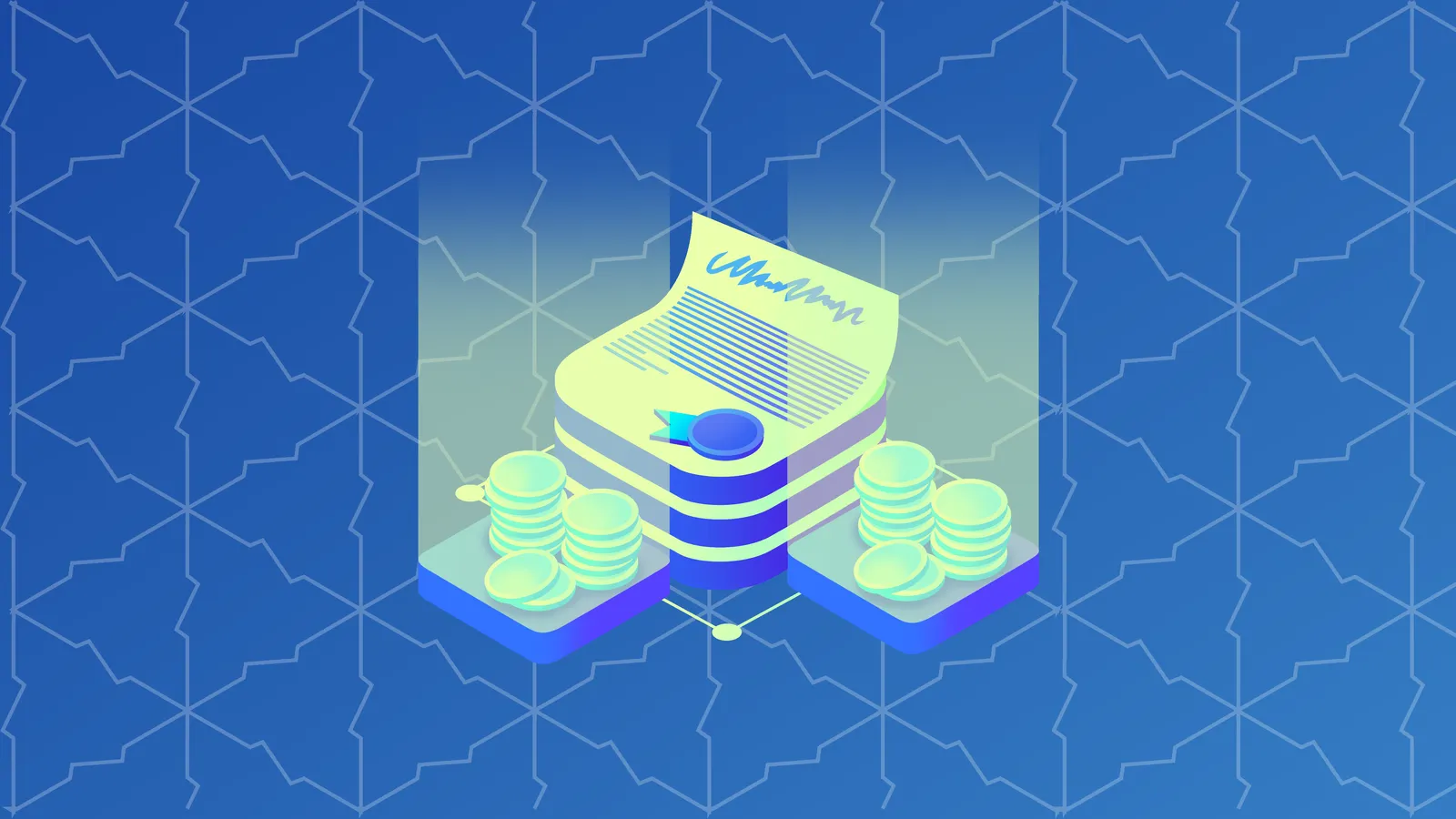In brief
- Staking is where users agree to pledge money to a network in order to help it validate transactions.
- Lending is where users agree to loan their cryptocurrencies in return for interest payments.
- Both concepts allow users to earn tokens but the risks and rewards are different.
Want to trade NFTs but don't want to make it a guessing game? Take Degen U's new course, Mastering NFT Trading, and earn an on-chain certificate. A top instructor will help you seize the right moment to trade—and have fun while doing it.
Staking and lending are ways crypto investors can attempt to profit from crypto. If buying a cryptocurrency and holding it is the first step on the ladder of investing in cryptocurrencies, lending and staking are step two. While staking helps secure a network, lending allows investors to passively earn interest to help facilitate trading.
These companies create lending pools, that your crypto goes into. The pools then create an interest rate—these vary depending on what cryptocurrency you are lending and the rate set by the company itself—and in theory, under certain conditions, you might start earning interest.
What is Staking?
Staking is a financial term that’s fairly unique to the cryptocurrency markets. In a nutshell, as an investor you agree to stump up the crypto you invest in a specific network to help the network validate transactions. In exchange for doing that, you earn rewards, typically in the form of tokens.
As of August 31, 2023, the staking asset with the highest staking market cap (as opposed to the market cap of currency in circulation) is Ethereum by far, at around $41.8 billion.
The key to staking is a consensus mechanism known as proof of stake. Bitcoin, Ethereum (as of September 2022) and many other blockchains rely on a consensus mechanism called proof of work. In this system, miners expend huge amounts of computing power to solve a puzzle that helps the blockchain validate all the transactions inside a block. The first to solve the puzzle earns the reward.
While this is a robust and secure way of keeping a blockchain running, all the computational power expended by all the miners that didn’t solve the puzzle is ultimately wasted. This is why some commentators say proof of work is “inefficient” and why you might see headlines saying Bitcoin uses as much energy as Chile/Iceland/flavor of the month.
In a proof of stake blockchain however, the mining process is different. Instead of machines competing to solve a puzzle, the network assigns a miner, or node, the right to perform the validation work depending on the amount or stake of tokens that node currently has.
Once the node is given the nod by the network, it can get to work validating transactions. Once it solves the problem, it's rewarded with tokens, and the stake is returned back to the investors.
Like with mining pools, groups of stakers often get together to form staking pools to make the chances of being selected higher. We’ll explore these more below.
What are staking pools?
Staking pools are where several investors collect their tokens together into a pool, and then typically a pool operator will do the allocation on the investors' behalf. To participate, you must first transfer crypto to your exchange's staking program. This allows investors without a working knowledge of a blockchain network’s machinations to get involved in the network. It also increases the chances of you earning rewards for your stake.
However, there will likely be fees involved and the reward will potentially be lower as it’s divided among more investors. For investors looking for a more consistent payout, and aren’t as interested in being part of the network, lending might be a better option, which we explore more below.
What are some of the negatives of staking and lending?
Staking and lending do have their downsides. With staking, the network’s volatility, and longevity could have a serious impact on your investment.
As rewards are paid out in the token of the network, a sudden drop in the network’s value means your asset’s value drops with it. If you decided to stake your coins in a network that gets hacked, the value of your investment could also go down.
If the network suddenly becomes less popular that too could have an impact.
With lending, the company you lend to sets the interest rate, and these can vary over time, depending on how popular that particular asset is.
And both staking and lending facilities can ask you to move your crypto out of your own wallet into a company’s wallet, which might seem at odds with crypto’s ethos of “not your keys, not your crypto.”
This article was originally published on January 7, 2021, and was revised on August 31, 2023.
Disclaimer: The views and opinions expressed by the author are for informational purposes only and do not constitute financial, investment, or other advice.
Sponsored post by AAX
Learn More about partnering with Decrypt.


